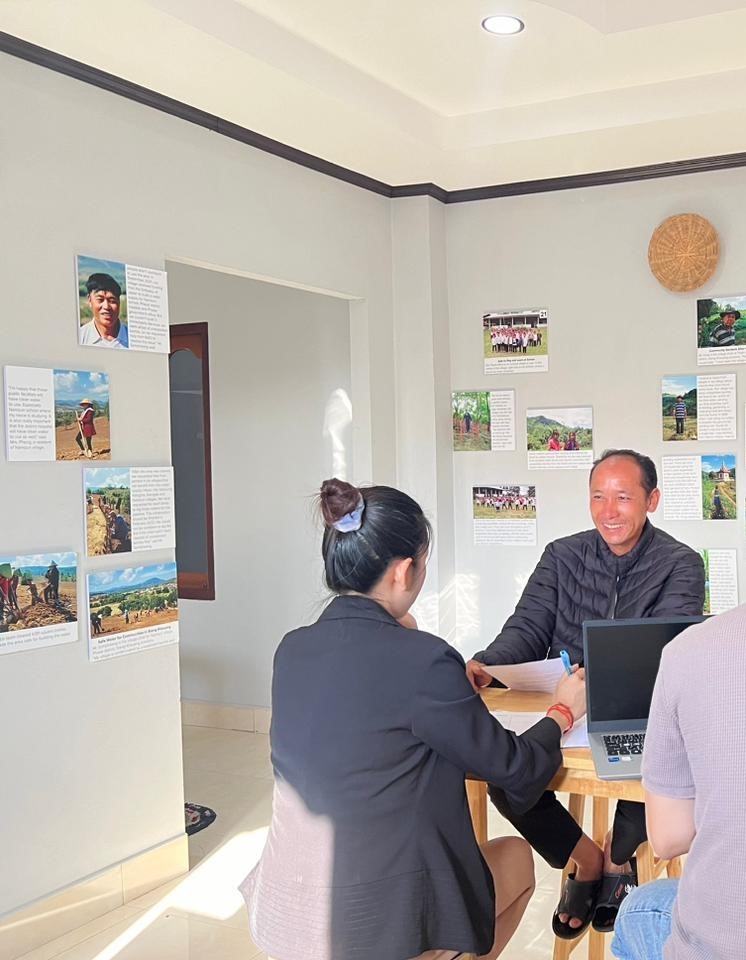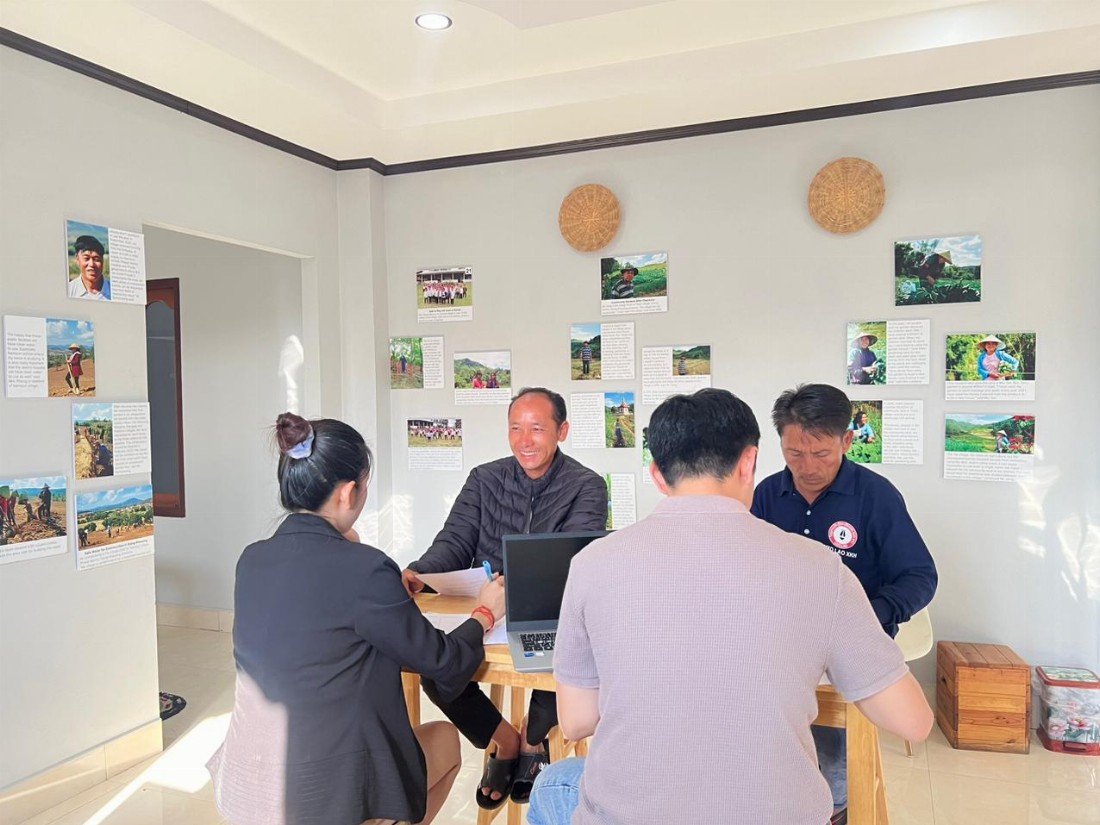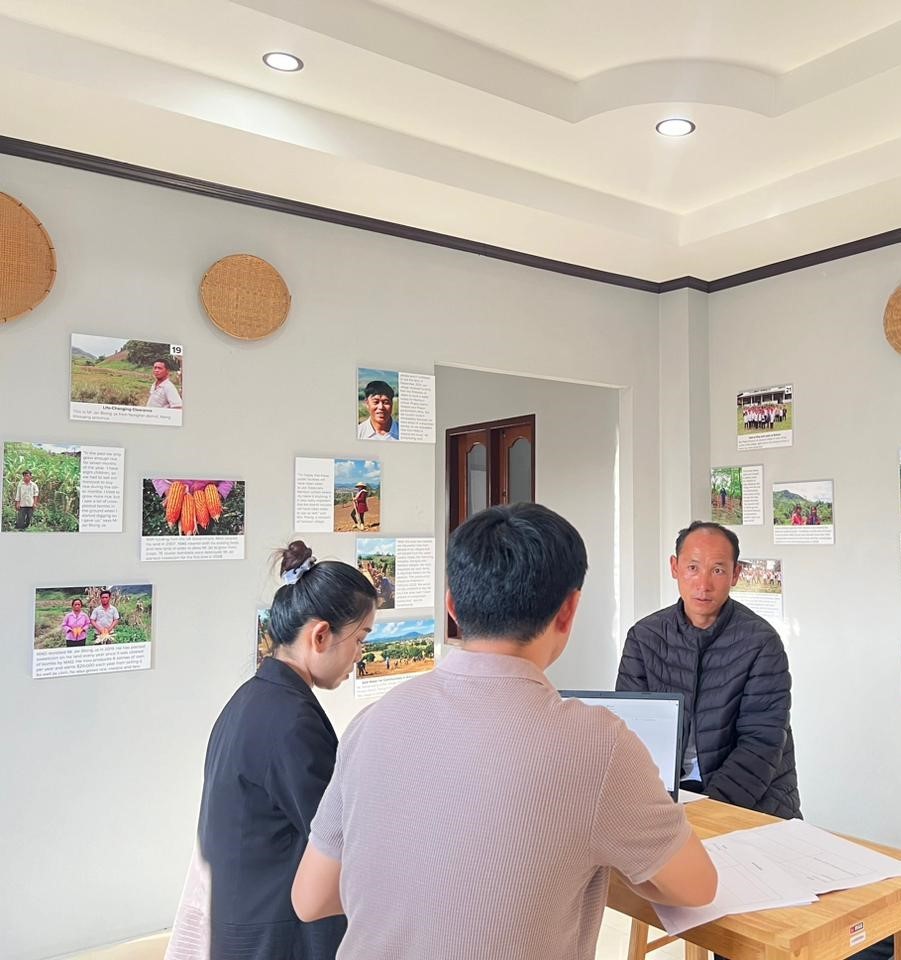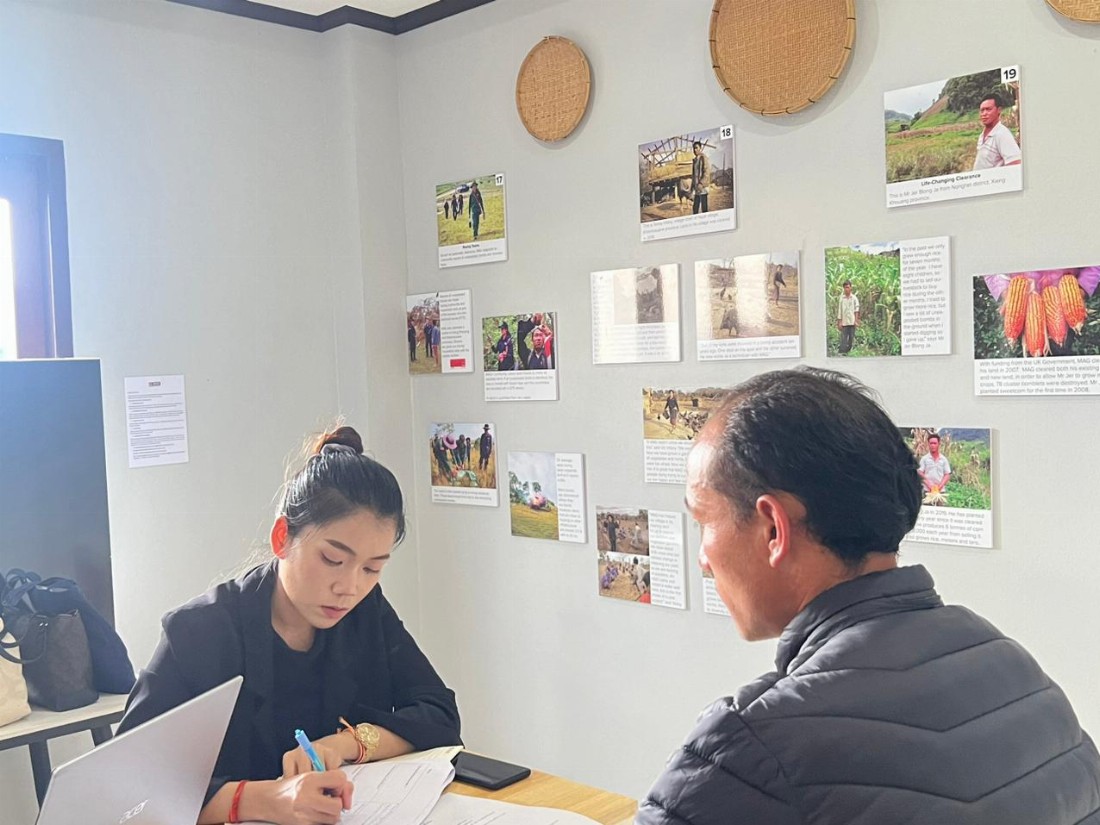lao-pdr - mitigation
Mr. Vue HUE
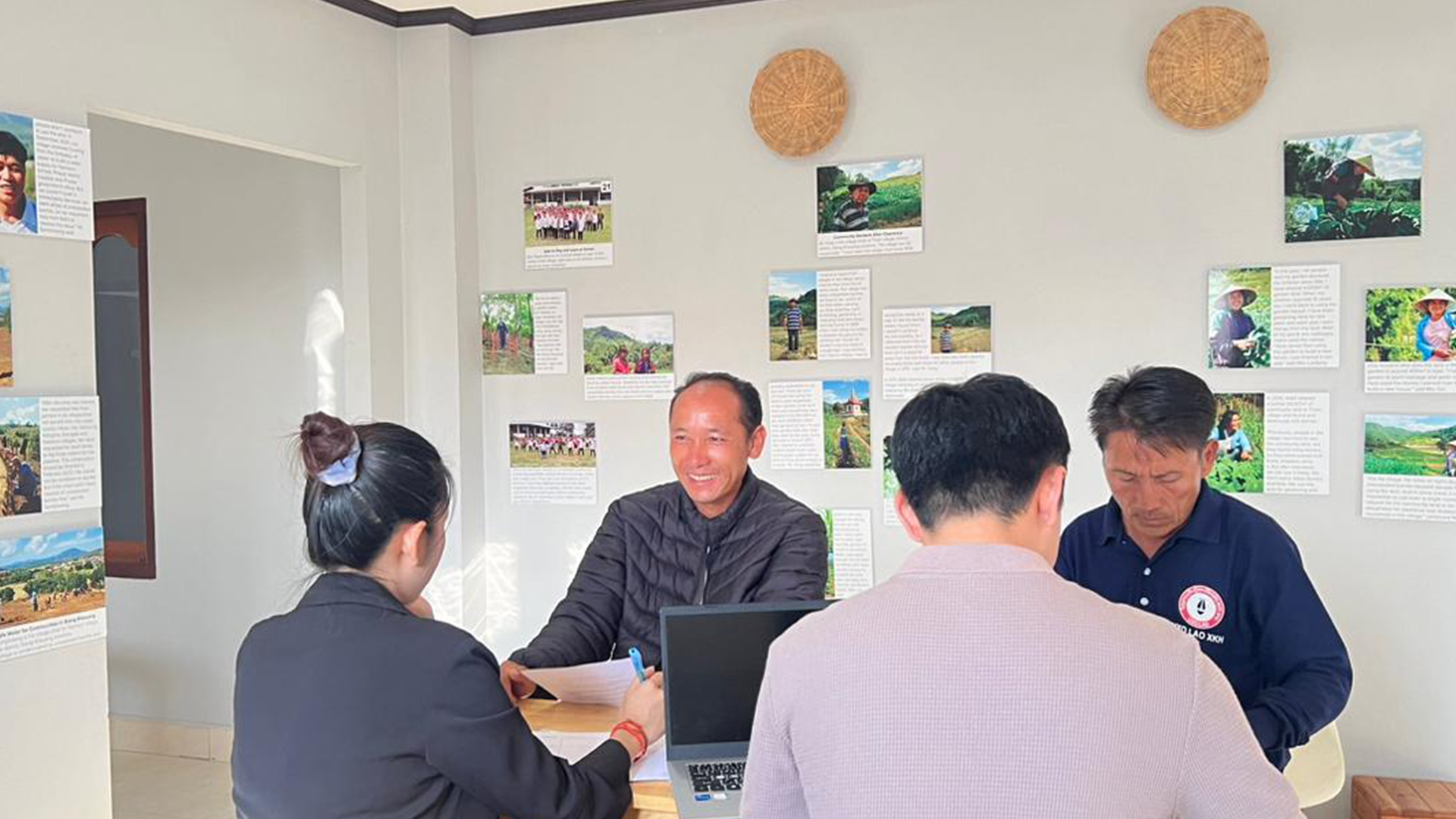
- Actor/Organisation
- Mr. Vue HUE / UXO Laos Xiengkhouang Province
- Current Title/Designation
- Clearance Team Member
- Expertise/Focus Area
- Clearance Operation
- Date of Interview/Research
- 12 September 2024
- Location of Interview
- Xiengkhouang Province
- Diplomacy Track
- 1.5
Starting Point
HUE is a native of Xiengkhouang Province, as his parents are also indigenous to the area. He belongs to the Hmong ethnic group, one of the largest ethnic communities in the province. Growing up in a region heavily affected by UXO remnants from the war, HUE has spent his life adapting to the challenges of living in an environment fraught with such dangers. This personal connection to the land and his first-hand experience with the impact of UXO inspired him to join UXO Lao and dedicate his efforts to improving safety and livelihoods in Xiengkhouang Province.
Committed to creating safer communities, he specialises in UXO clearance operations, ensuring that contaminated areas are safe for residents, agriculture, and development. His work involves technical expertise, precision, and a deep understanding of the risks associated with UXO. Driven by a strong sense of duty, he contributes significantly to reducing UXO-related casualties and fostering sustainable development in his community.
HUE said, "My motivation to work with UXO Laos as a clearance member stems from my deep personal connection to Xiengkhouang Province, where I was born and raised in a Hmong community”. Having witnessed the devastating impact of UXO on his family, friends, and neighbours, he is driven by a strong desire to create a safer environment for future generations. "Upbringing in a UXO-affected region has instilled in me a profound sense of responsibility to protect my community and restore the land for safe use, " he added.
HUE believes every individual deserves to live free from the fear of UXO, emphasising that UXO clearance is vital for fostering development and improving livelihoods in the province. His vision is a safer Xiengkhouang where families can cultivate their fields without danger, children can play freely, and the entire community can thrive. Through his dedicated work, HUE aims to contribute to this transformation, ensuring a brighter and more secure future for all.
Peace Journey
HUE reveals that common UXOs include cluster munitions, landmines, unexploded bombs, artillery shells, grenades, and other explosives, posing risks to civilians, especially farmers and children. UXOs cause fatalities, restrict access to farmland, hinder infrastructure development, and obstruct economic growth.
Hue highlighted that working in a UXO clearance role involves identifying, neutralising, and safely removing unexploded ordnance in one of the world’s most bombed regions. The role is critical for improving community safety and enabling economic activities like farming and construction in previously hazardous areas.
Additionally, clearance teams are vital in mitigating UXO dangers in Laos. Their responsibilities include surveying and mapping contaminated areas, detecting and safely removing ordnance using specialised tools and advanced technologies, and educating communities about UXO risks. They contribute to community safety by clearing hazardous areas near schools, markets, and residential zones, responding to emergency UXO discoveries, and enabling agricultural and infrastructure development. They also promote risk education, raise awareness of UXO dangers, and assist in environmental restoration by clearing forests for sustainable use. They certify cleared areas for safe use, unlocking land for redevelopment, and supporting recovery efforts. Detailed documentation and reporting are essential for ensuring safety and supporting long-term development. UXO clearance is crucial for Laos' sustainable development, national progress, and a safer future, offering hope to affected communities.
Success Stories
Related to Women’s involvement in UXO clearance, HUE thinks such a role faces unique challenges due to cultural, physical, societal, and logistical factors. Cultural norms often assign women primary household duties, limiting their ability to engage in physically demanding and high-risk work. Gender biases, lack of tailored equipment, and limited training opportunities further restrict participation. Women also face health challenges, safety concerns, and psychological stress while balancing caregiving roles. Economic constraints and logistical barriers, such as transportation and childcare, exacerbate these issues. Additionally, “limited policy support and advocacy for gender inclusion hinder progress,” he said.
Hue also highlighted that UXO clearance efforts in Xiengkhouang Province have achieved notable success and provided valuable lessons for improving operations and community engagement. They have had significant success, including recruiting and training women as UXO technicians, reshaping gender norms and enhancing team dynamics. Besides, community-based education programs have reduced UXO-related accidents, empowering locals to report UXO sightings and adopt safe practices. Cleared land has been repurposed for agriculture and infrastructure, boosting livelihoods and food security.
From the lessons learned from HUE, he highlights the importance of community involvement in fostering trust and aligning programs with local needs. Prioritising high-impact areas, such as farmland and schools, maximise social and economic benefits. Gender inclusion enhances team performance and inspires community support, while ongoing training builds local capacity and reduces reliance on external aid. Additionally, integrating clearance with post-clearance development initiatives, such as agriculture and education, ensures long-term benefits.
-
Implementing AgencyAWPR Lao PDR
-
Lead ResearcherNou HER
-
Co-Researcher/Research Assistant(s)Bouakhamkeo KONGLYSANE, Vilaisone LATSAPHONG, Phonethidalack THIRASACK
-
Date ResearchAugust 2024-December 2024
